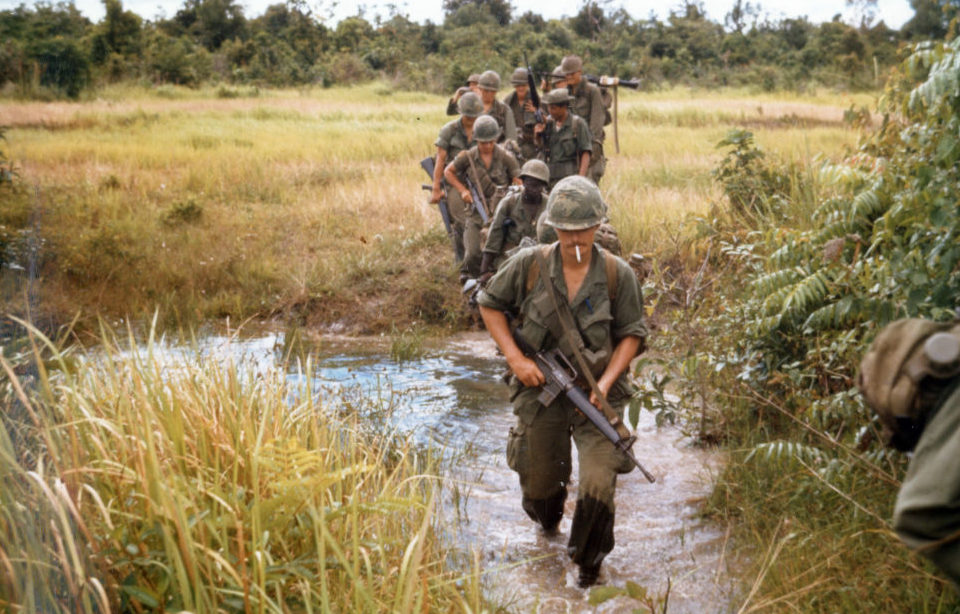Leading a group of soldiers during wartime is a massive responsibility, and the decisions made can often mean the difference between life and death for those these military leaders are responsible for. At times, soldiers have decided it is better to kill their superiors, rather than take further orders for them. These acts are done in a number of ways, with fragging – killing a superior with a grenade – being the most well-known.
The practice of fratricide and famous mutinies
The practice of soldiers killing their comrades is nothing new. In ancient times, it was referred to as “fratricide.” While, in Latin, fratricide means the killing of one’s brother, in this context it refers to the killing of a fellow soldier. Perhaps the most famous example is Cyrus the Great’s son, Cambyses II, killing his brother, Bardiya.
Another notable incident occurred in the Ottoman Empire, when Mehmed III killed 19 of his brothers and half-brothers.
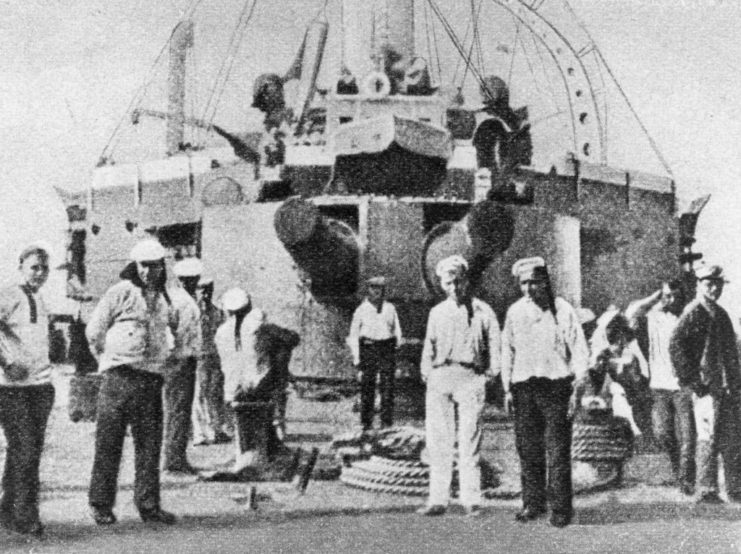
There are also examples of mutiny, where a ship’s crew overthrows their captain. Among the most notable are the mutinies onboard the HMS Bounty and the Russian battleship Potemkin, the latter of which saw the crew overthrow their officers.
Incidents of fragging prior to the Vietnam War
The vast majority of fragging incidents occurred during the Vietnam War, but there were incidents before then. During the Mexican-American War, there were multiple attempts on the life of Lt. Col. Braxton Bragg. While Bragg was considered a hero during the conflict, some of his men certainly didn’t think so.
In one of the attempts on his life, an artillery shell was placed under his bed.
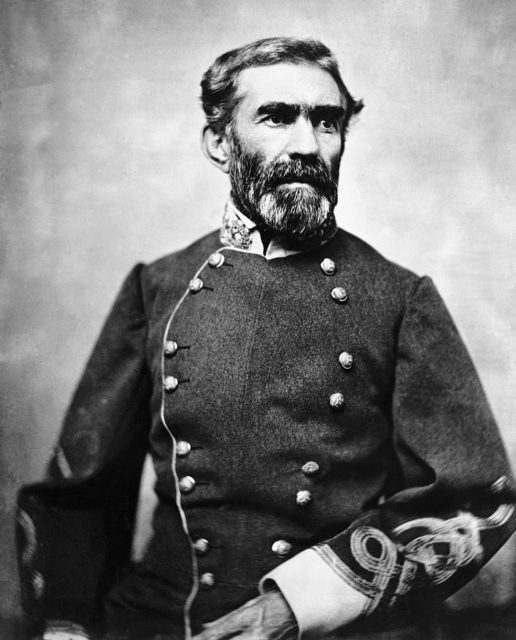
Frank Percy Crozier, a British brigadier general, told the story of a fragging incident that occurred during World War I. According to Crozier, an unpopular sergeant died when a soldier dropped an unpinned grenade down his pants.
Fragging became more common during the Vietnam War
The Vietnam War was unlike any conflict in American history. Many soldiers were drafted into the US military and were unsure of the point of the war. As a result, morale was low, the fighting was dangerous and fragging incidents against superiors became more common, especially in the Army and Marine Corps. These were primarily done with grenades, as they are untraceable and don’t leave behind any ballistic evidence.
The first recorded incidents of fragging occurred in 1966 and continued throughout the course of the war. In 1969, Pvt. Reginald F. Smith killed his commanding officer, First Lt. Robert T. Rohweller, by throwing a grenade into his office. Smith was discovered after bragging to a fellow soldier about the murder, and was found guilty and sentenced to 40 years in prison. He was later killed by another inmate.
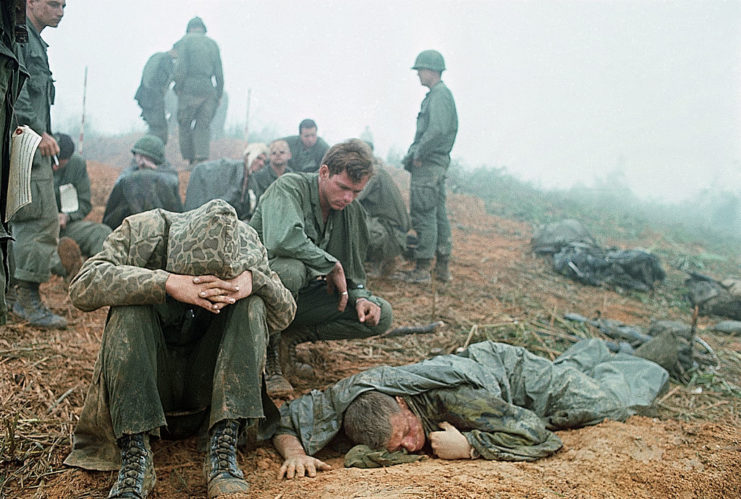
In 1971, Lt. Thomas A. Dellwo and Lt. Richard E. Harlan were killed when a grenade was thrown into an officer billet at Bien Hoa Army Airfield. Pvt. Billy Dean Smith was arrested and charged with their murders, but was acquitted in 1972.
The threat of fragging also changed the way officers operated in Vietnam. Drug use was common among soldiers and many officers chose to look the other way, rather than draw the ire of their troops. Some also chose to avoid more dangerous missions, so their subordinates would not become upset with them.
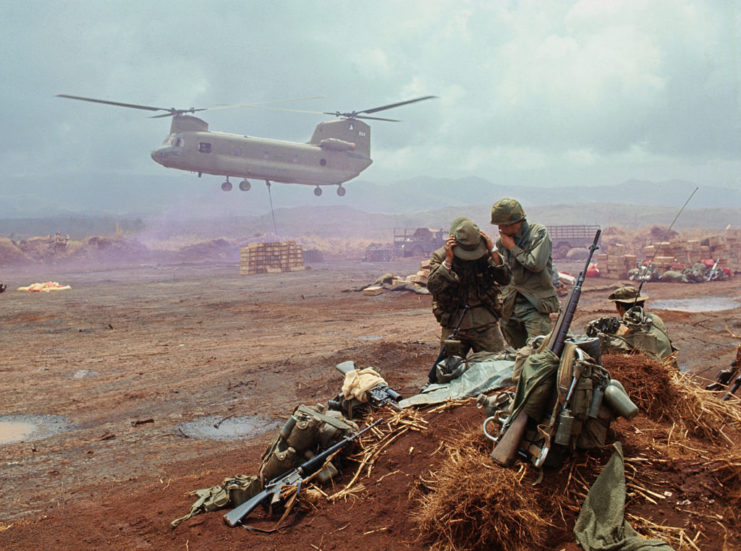
One study of the practice determined there were 1,017 fragging incidents over the course of the Vietnam War, resulting in 86 deaths and 714 injuries.
The US government’s response
The US government responded to the rise in fragging incidents in a couple of different ways. Access to weapons was restricted and, starting in 1971, most military units were no longer given grenades. Soldiers’ quarters were also searched. These measures, however, did little to reduce the number of incidents. For one, there was a thriving black market in Vietnam, where weapons could be easily purchased.
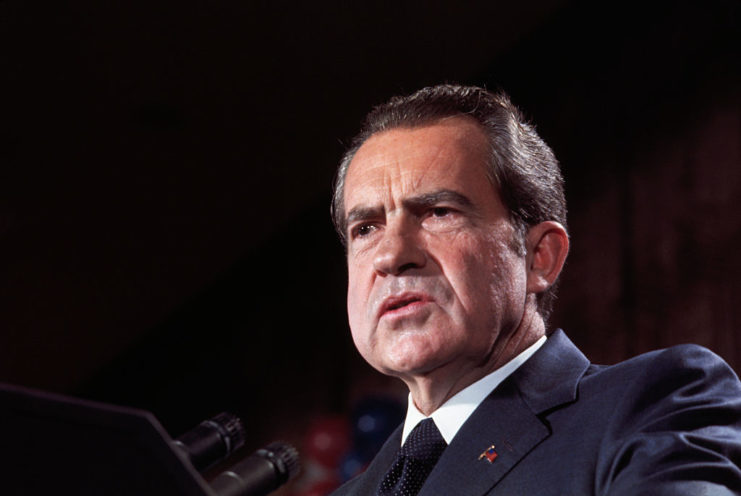
There was also an issue with the government’s reticence to let the public know about how bad the problem was. Soldiers were often tight-lipped during investigations as well, and often refused to inform on their fellow troops, aware that such events could easily be difficult to distinguish from enemy action.
The legacy of fragging and further incidents
Incidents of fragging and the general lack of discipline in Vietnam had a profound impact on the future of the US military. In 1973, the decision was made to end conscription, with fragging and discipline cited as the two major reasons as to why.
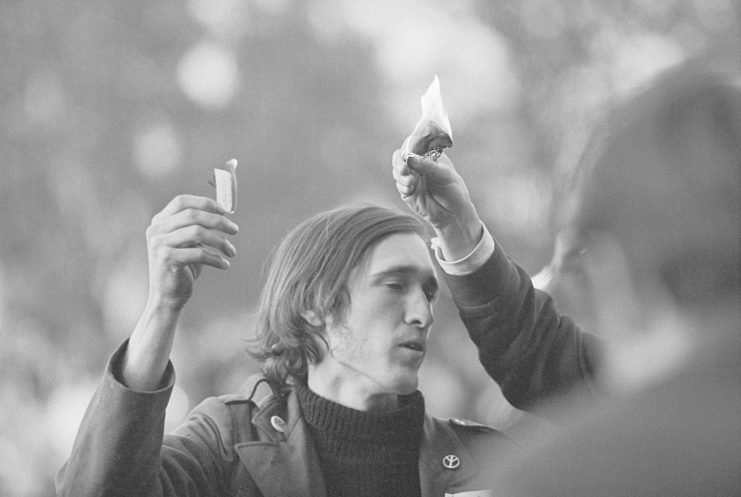
More from us: Lockheed AC-130: The Gunship That Provided Much-Needed Support in Vietnam
While rare, episodes of fragging still occur. In 2005, Capt. Phillip Esposito and First Lt. Louis Allen were killed in Iraq when a claymore mine erupted in Esposito’s office. The unit’s supply sergeant charged with their murders was later acquitted.
More recently, there have been reports of troops attacking their superiors during the Russian invasion of Ukraine. In March 2022, a Ukrainian journalist posted to social media an account of Russian soldiers going against their commanding officer and running him over with a tank. He later died of his injuries.
